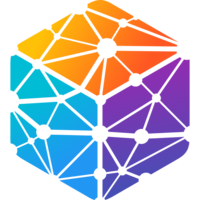Improving the Developer Experience of Infrastructure as Code and GitOps
- Track: Continuous Integration and Continuous Deployment devroom
- Room: D.cicd
- Day: Sunday
- Start: 12:40
- End: 13:25
- Video with Q&A: D.cicd
- Video only: D.cicd
- Chat: Join the conversation!

Kubernetes, GitOps, and Infrastructure as Code are as powerful as they are popular and seem like the perfect match. Consequently, using Terraform to maintain Kubernetes clusters and resources is a very common use-case. And it requires careful integration of many moving parts, from Terraform providers and modules, to CI/CD pipelines and triggers.
However, despite this being such a popular use-case, teams previously had no alternative than writing everything from scratch. On the software development side we use frameworks to avoid reinventing the wheel for similarly common use-cases. But for the less mature infrastructure as code ecosystem use-case specific frameworks are a new concept.
This talk will introduce Kubestack. An open-source framework for Terraform, that brings the developer experience of frameworks from application development to infrastructure as code. Get an overview of how you can use the framework as a foundation to build even advanced multi-cloud and multi-cluster Kubernetes automation. And how Kubestack's GitOps workflow allows teams to reliably suggest, review, validate and apply changes to their infrastructure environments.
Speakers
| Philipp Strube |